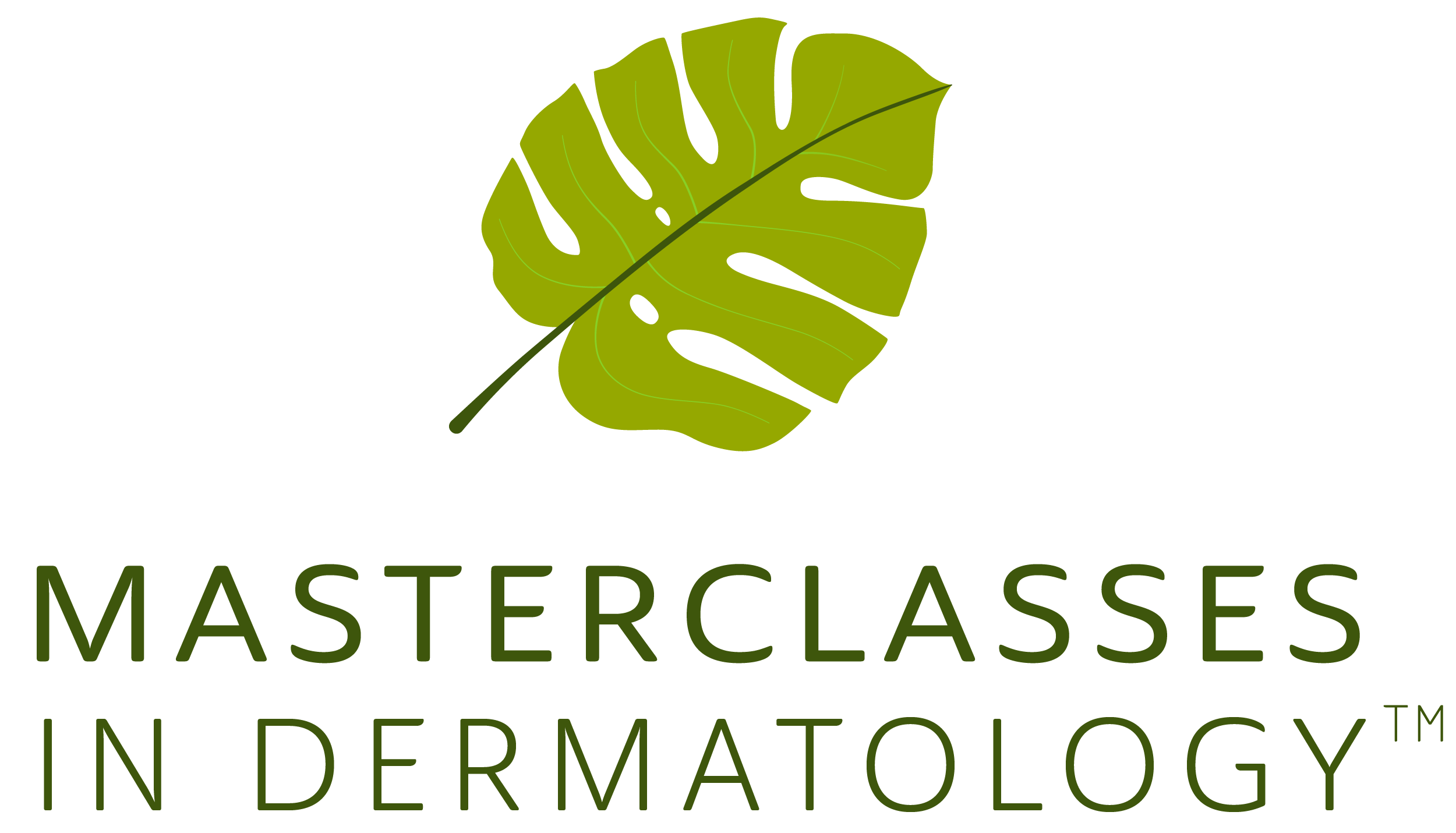
Alopecia Areata: A Comprehensive Overview and Breakthrough Therapies

Susan Taylor, MD, provided insight into epidemiology, patient quality of life, clinical presentation, therapies, and more at Masterclasses in Dermatology.
Susan Taylor, MD, professor of dermatology at the University of Pennsylvania, provided a comprehensive insight into alopecia areata (AA), at the 2024
Epidemiology Trends
Taylor highlighted the prevalence of AA, stating, "the global lifetime prevalence is one in 1000 or approximately 2%." In the United States, the estimated prevalence is 0.18% in adults and 0.10% in children and adolescents. She emphasized the importance of recent data, revealing surprising trends among different ethnic groups. Contrary to prior assumptions, Asians, followed by Black and Hispanic individuals, exhibit the highest prevalence. Taylor noted, "the prevalence is higher in women as compared to men with alopecia," especially in cases of AA.2
Quality of Life Impact
AA goes beyond a mere cosmetic concern, as Taylor asserted, "It significantly impacts our patients." The emotional burdens faced by patients include a loss of self-esteem, emotional distress, and disruptions in various aspects of life such as school, work, relationships, and mood. Taylor emphasized that this is not merely a cosmetic disorder but a condition with far-reaching consequences on an individual's well-being.
Pathogenesis and Clinical Presentation
The disorder's pathogenesis revolves around T-cell-mediated destruction of hair follicles, leading to immune privilege collapse. Increased production of interferon gamma and expression of inflammatory cytokines contribute to the autoimmune response. Genetic factors, such as specific alleles like DQ1, DQB1, and HLA-A1, make certain individuals more susceptible. Moreover, there are autoimmune associations with conditions like type 1 diabetes and rheumatoid arthritis. Triggers, including infections (such as COVID), vaccines, and medications, further complicate the clinical landscape.
AA presents in various clinical forms, ranging from patchy to total loss of scalp hair (alopecia totalis) or total body hair (alopecia universalis). Diagnosing the condition requires attention to nuanced patterns, including an Ophiasis pattern and involvement of nails. Yellow dots, black dots, and broken hairs are characteristic findings, aiding in diagnosis. Additionally, the SALT Score, assessing the degree of hair loss on the scalp, serves as a valuable tool in clinical trials and patient monitoring.3
Treatment and Emerging Therapies
Taylor highlighted promising therapies, particularly JAK inhibitors, as game-changers in the treatment landscape. The FDA has approved baricitinib (Olumiant) and ritlecitinib (Litfulo) for AA, showcasing significant regrowth in clinical trials. These medications, while showing efficacy, also come with considerations for safety, including common adverse events like upper respiratory infections. There were 3 very common adverse events. They included heavy nasal pharyngitis, upper respiratory tract, and upper respiratory tract infection," Taylor said. The trials also demonstrated improvements not only in scalp regrowth but also in eyebrows and eyelashes.4
The future looks hopeful, with ongoing trials exploring other JAK inhibitors and combination therapies. Notably, the emerging therapies address not only the physical aspects but also the emotional impact of AA.
References
- Taylor S. Alopecia areata. Presented at: Masterclasses in Dermatology February 16-19, 2024; Puerto Rico.
- Lepe K, Syed HA, Zito PM. Alopecia Areata. [Updated 2023 Oct 30]. In: StatPearls [Internet]. Treasure Island (FL): StatPearls Publishing; 2024 Jan-. Available from:
https://www.ncbi.nlm.nih.gov/books/NBK537000/ - Yeong Lee J, Won Lee J, Lee WS. Comparison of self-estimated and clinician-measured SALT score in patients with alopecia areata: Patients with alopecia areata perceive themselves as more severe than dermatologists. Indian J Dermatol VenereolLeprol. Published online January 8, 2024. doi:10.25259/IJDVL_439_2022
- Donovan J. The evolving story of JAK inhibitors for treating alopecia areata: a review of current progress and future directions. Skin Therapy Lett. 2023;28(3):1-7.
Newsletter
Like what you’re reading? Subscribe to Dermatology Times for weekly updates on therapies, innovations, and real-world practice tips.


















